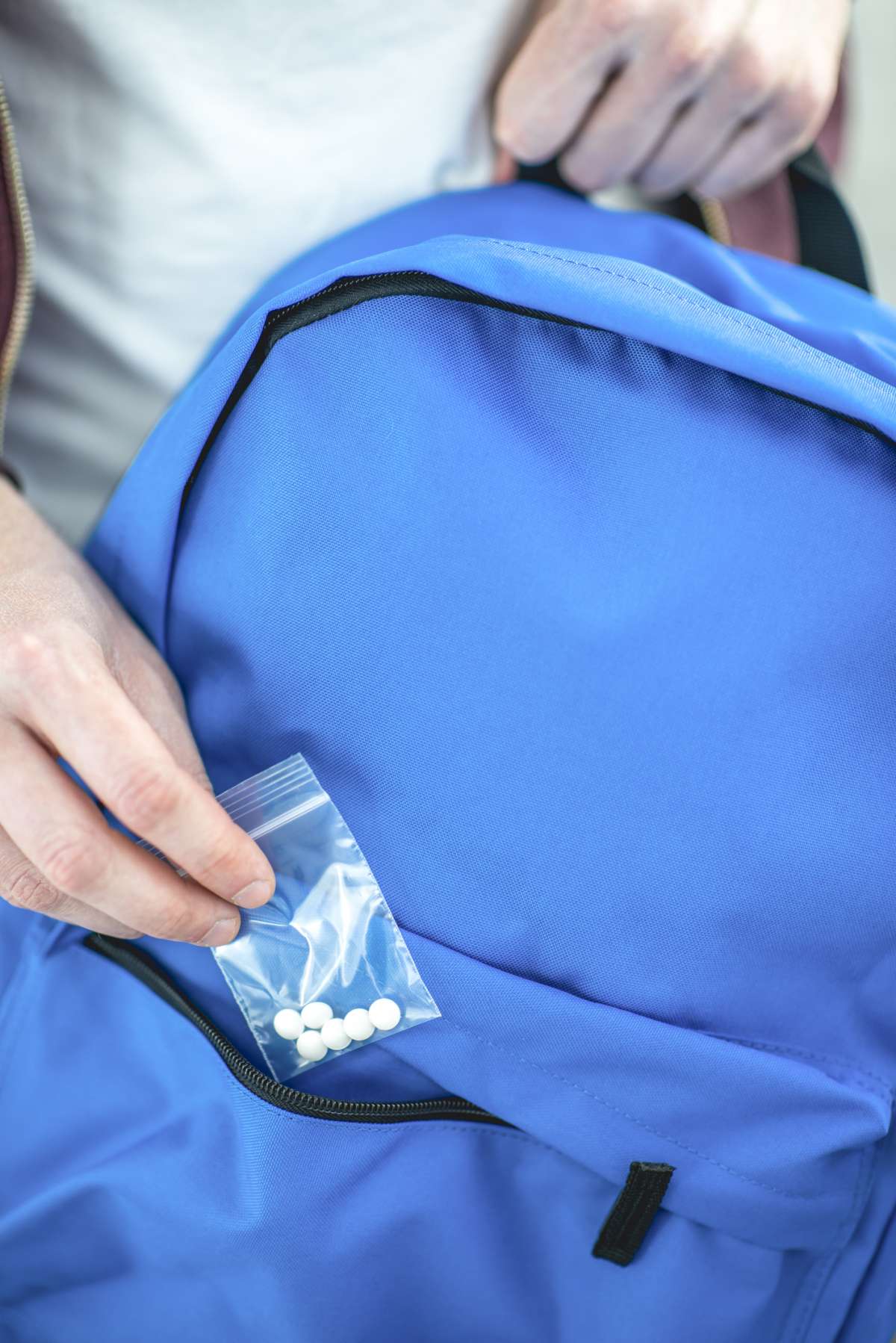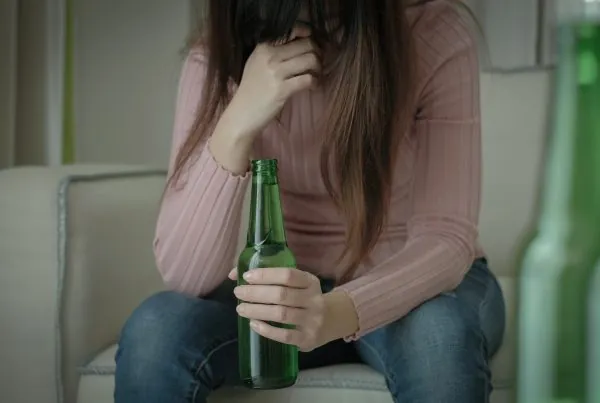If you believe that your teen has been using drugs as of late, chances are that they have some with them at home. Where teens hide drugs are not always immediately obvious – you might not find a quarter ounce of weed stuffed away in a sock at the bottom of the drawer or in the pocket of their least favorite jacket – but there are only so many places you can hide drugs around a house.
While your teen might be more inventive than most, these tend to be the most common places your teen can hide drugs from snooping siblings and parents alike.
1. Scent-proofed Stashes
Not all drugs have a strong scent. Trained dogs can sniff out drugs like cocaine even amid a pile of dirty laundry, but the human nose is not that advanced. That being said, some popular drugs, like marijuana, in particular, have a very strong and distinctive scent. This narrows down a teen’s options.
The first, yet probably most obvious thing to do, is to bury the stash. The problem with doing so is that it’s pretty easy to tell when a hole has been freshly dug, and they’d have to signpost it somehow to avoid losing their weed. It’s still worth checking the backyard, though.
Other scent-proofed possibilities include large jars of coffee (coffee is a natural deodorant and has its own scent), empty roll-on deodorant sticks, inside an unused bag of pet food, or a permanent marker with a strong scent.
2. Video Game Consoles
Some consoles are a bit more infamous than others for providing great hiding opportunities. One disadvantage is that consoles are just like computers but optimized for space and performance. This means they can get quite hot, which isn’t ideal for some drugs. Checking your teen’s console might be tricky, as it can be fairly easy to damage.
There are plenty of tutorials online for removing the front panel of a video game console, whether it’s a Playstation, an Xbox, or an older Wii U. Portable consoles like the Switch or PS Vita are much more difficult to use as potential drug stashes, due to their compact nature. Old, unused, or broken consoles can be retrofitted into potential drug stashes, however, by removing key components. On a similar note, your teen’s PC tower might be another place to look.
3. The Backyard
We’ve mentioned burying drugs, but that isn’t the only option. A backyard is a place full of potential (and great) hiding spots. Hollow garden gnomes? Hollow spaces inside flowerpots? Under a slab in the rock garden? In the tool shed, hidden behind the fertilizer? The possibilities are endless – which makes the backyard one of the better hiding spots, provided it’s large enough to make searching difficult.
4. Personal Hygiene Products
Teens expect a little privacy from their parents, at least when it comes to what they use to get ready for the day. However, old and used containers or empty makeup kits make for a good hiding spot.
5. Their Car
It’s obvious but effective. Don’t just check on the floor or in the glovebox – drugs can be taped under the seat or dashboard or stashed under the hood.
6. Toilet Tank
The toilet tank is an all-time favorite. Simple, marginally gross, and easy to access.
7. Air Vents
Most modern homes no longer have these, but older homes and apartments do. Air vents are a pretty convenient place to stash anything that’s relatively small and doesn’t have a significant odor or can be placed in an odor-safe container. That means you likely won’t find weed in an air vent your teen has access to, but you might find – depending on the size of the vent and the space provided – alcohol, certain prescription pills, or cocaine.
An alternative yet similar hiding space is an unused air conditioning unit. Most older air conditioning units have an easily removable front panel and a little bit of space for hiding things.
8. Cookie and Candy Tins
Altoids have been making a comeback – not so much for the candy itself but for the nostalgic and aesthetic factor of the tin. In addition to cash, teens might also use Altoid tins to stash other valuables. The same goes for cookie tins, old candy tins, etc.
9. Behind Posters
If the drug is in a powder form or can be easily flattened (such as a small plastic bag with a few pills), another good place to hide it would be behind a poster taped against the wall.
10. Inside Books
It’s not done very often, but people do still hollow out cavities in books they aren’t really a fan of and use that as a discrete hiding spot.
Necessity Is the Mother of Invention
Even if your teen does not typically apply their full faculties to daily tasks and schoolwork, never underestimate a teenager’s capacity for innovation and inventiveness when it comes down to it.
Going Through Great Lengths to Hide Drugs
Teens understand that drugs are dangerous and that they shouldn’t use them frivolously. But oftentimes, they don’t care. Whether it’s because most teens have an immortality complex or because the long-term consequences of drug use are known, but simply don’t register in their minds, teens can and will go through great lengths to hide drugs or their drug use, especially if they live in an area where it’s both harder to get drugs, and where punishment for drug possession is greater.
What if You Don’t Find Anything?
If you don’t find your teen’s drug stash or think they might not be keeping any drugs at hand, after all, that does not necessarily mean they aren’t taking anything. If you catch your teen being high regularly without having any drugs at home, it can only mean one thing: they’re getting and using drugs while out with friends or acquaintances.
Suspicious Behavior Doesn’t Equal a Drug Problem
Last but not least, not all suspicious teen behavior is indicative of a drug problem. If you don’t have any conclusive proof that your teen is regularly using drugs, then their behavior could be explained in other ways. Irritability, pulling away from family, anxious or paranoid behavior, and memory problems can be caused by other conditions, including stress- or trauma-related anxiety. If your teen doesn’t want to talk about their problems and habits, consider speaking with a mental health professional about potential intervention tactics.
For more information, please contact Visions Treatment Centers. If your teen is struggling with substance abuse, reach out to us to learn more about residential treatment program options and much more.








